The ultimate guide to traveling in Switzerland! This comprehensive resource covers everything you need to know, including the best destinations, the ideal time to visit, how to navigate the country, must-try foods, and tips for traveling on a budget.
Why visit Switzerland?
In this blog, I will tell you about the history of Switzerland and what is unique in this country that more than five crore people visit.
Switzerland is a stunning country in Central Europe. It is safe, solo traveler-friendly, and incredibly scenic.
Welcome to our blog. Today, I will take you on a tour of a country whose natural beauty comes to mind when you mention its name—where most people go on honeymoons.

Fast Facts:
Switzerland’s official name is the Swiss Confederation. With a population of 8.8 million, it is ranked 102nd in the world by population. Its total area is 41 thousand sq km. This country ranks 135 by its area.
This small, landlocked country is the first in Europe in terms of economy. This means it is not connected to the ocean from any side. It is bordered to the west by France, to the north by Germany, to the east by Austria and Liechtenstein, and to the south by Italy.
It is also called the safest country. The crime rate is about zero in this country. Its people live the best and most prosperous life.
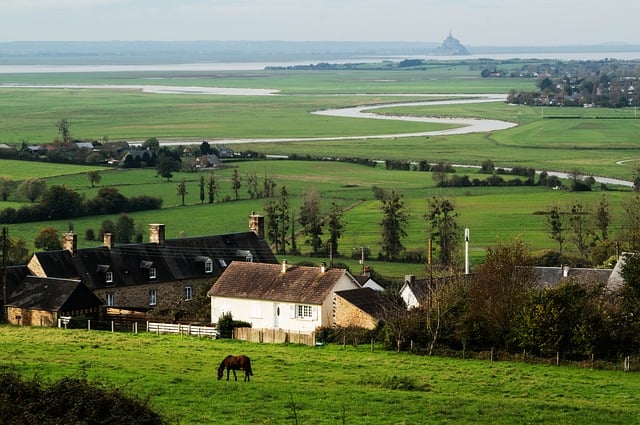
Switzerland’s capital is Bern, but the most famous city is Zurich. Switzerland’s economy is worth seven hundred billion dollars, making it one of the twenty-first-largest countries in the world.
Switzerland is ranked 7th by income. The yearly income of the people of this country is 92k dollars, which is why Switzerland is a prosperous and happiest country in the world.
What to Expect on Your First Trip to Switzerland
On your first trip to Switzerland, expect to be captivated by its incredible landscapes, efficient public transport, and charming cities. Switzerland offers a perfect mix of nature, culture, and tradition, from majestic mountains and clear lakes to cozy villages and vibrant cities. The food is delicious, with iconic dishes like fondue and rösti and plenty of outdoor adventure, whether skiing or hiking. It’s a country where everything runs smoothly, and you’ll feel welcomed in every corner.
Four Official Languages in Switzerland
Switzerland is a multilingual country with four official languages: German, spoken by about 60% of the population in the central and eastern regions; French, used by 20% in the west; Italian, spoken by 8% in the southern areas like Ticino; and Romansh, a minority language used by less than 1% in parts of Graubünden. This multilingualism showcases Switzerland’s rich heritage and inclusivity.
Switzerland is a true democracy, not a single head of state
Switzerland is governed as a direct democracy, with 26 cantons that function similarly to U.S. states, each enjoying significant autonomy. The Federal Assembly, comprised of the Council of States (representing the cantons) and the National Council (representing the people), elects the seven-member Federal Council, which collectively acts as the head of state. Citizens play a key role in decision-making through regular initiatives and referendums, highlighting the country’s commitment to federalism and active public participation in governance.
World’s Longest Tunnel
The world’s longest tunnel is the Gotthard Base Tunnel in Switzerland. Stretching over 57 kilometers (35.5 miles), it runs through the Swiss Alps and connects the towns of Erstfeld in the north and Bodio in the south. Opened in 2016, the tunnel allows faster and more efficient rail travel, significantly reducing travel times between northern and southern Europe. It is an impressive feat of engineering, offering both passenger and freight train services.

History of Switzerland
The people of Switzerland used to live in tribes. It is said that three tribes formed this state, which began in the 12th century. In 1648, many European Empires declared Switzerland an independent country.
In 1798, France attacked Switzerland, and Napolean ruled France. In 1815, Switzerland achieved independence from France, but Switzerland considered the war that took place during this period a war. The constitution of this country came into existence in 1848.
Switzerland did not support any country in World War I or World War II and did not participate in the war. 34% of the population was Roman Catholic, 22% Protestant, 5.4% Muslim, 7.2% others, and 29% atheist.
In this country, there are more than 160 Muslim centers, but they are not allowed to build towers in the shape of mosques.

The Swiss don’t just make clocks; they follow them
The Swiss are known for their precision in clockmaking, but they also live by it. Swiss culture values punctuality, and people care about being on time for appointments, meetings, and public transportation. This strong sense of timeliness reflects the country’s commitment to efficiency and order in daily life and business.
Recycling is the norm & visitors should conform
Recycling is an important part of daily life in many countries, including Switzerland. People separate their waste into different categories, like paper, plastic, glass, and organic waste, to ensure that materials are recycled properly. Visitors are encouraged to follow these recycling rules to help reduce waste and protect the environment. By conforming to local recycling practices, travelers can contribute to sustainable living and make a positive impact during their stay.

The Highest Mountain in Switzerland
The Matterhorn is one of the most iconic mountains in the world, known for its distinct pyramidal shape. It stands at 4,478 meters (14,692 feet) above sea level, making it one of Switzerland’s highest peaks, though not the tallest (that title goes to Dufourspitze). The Matterhorn is famous for its challenging climbing routes and breathtaking views on the border between Switzerland and Italy. It attracts mountaineers and tourists who admire its beauty or enjoy skiing in the nearby resort town of Zermatt.
You can take the train almost everywhere
In Switzerland, trains are an incredibly convenient and efficient way to travel, with the rail network covering almost every part of the country. Whether you’re exploring major cities, picturesque towns, or remote mountain regions, you can easily reach your destination by train. Swiss trains are known for their punctuality, comfort, and amazing scenic routes, making train travel one of the best ways to experience the country.
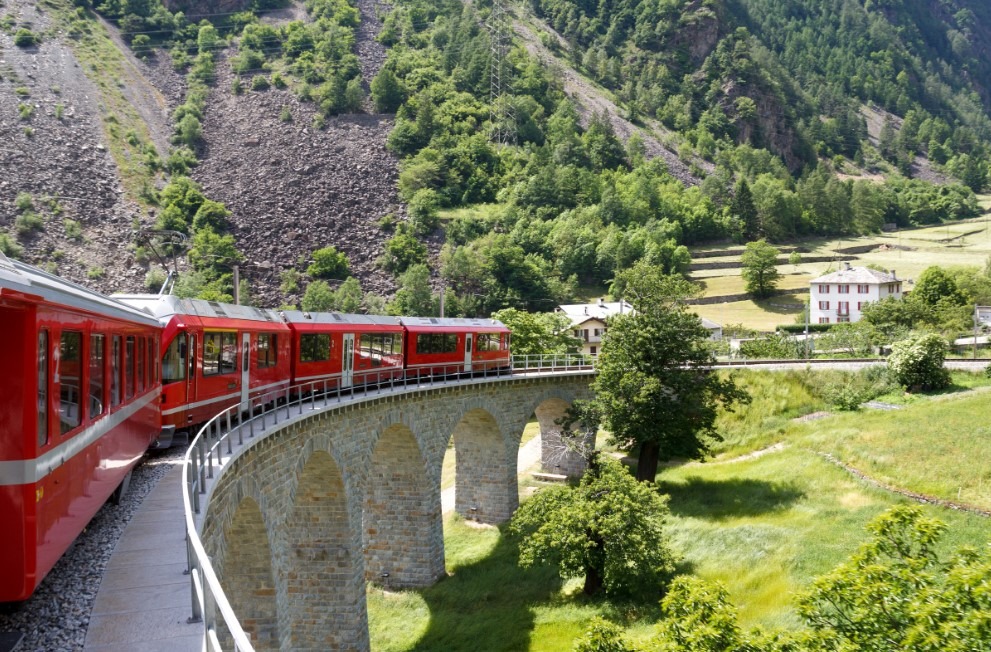
Happy Cows, Alpine Dairy Magic
In the peaceful alpine pastures, cows enjoy fresh grass, clean air, and plenty of space to roam. This happy and natural lifestyle leads to healthier cows that produce exceptional milk. The result? Dairy products that are rich in flavor and full of goodness.
When cows are treated with care and respect, they thrive. The high-quality milk they produce reflects their well-being and the pure environment they live in. It’s simple: happy cows mean better dairy, and in the Alpine region, that’s truly magical.

Swiss Chocolate
Swiss chocolate is famous for its smooth texture, rich flavor, and high-quality ingredients. Switzerland is known for its innovations in chocolate-making, like the creation of milk chocolate. Renowned brands such as Lindt, Toblerone, and Nestlé offer various chocolates. Visitors to Switzerland can also tour chocolate factories and enjoy fresh, artisanal chocolate. It’s a must-try for any chocolate lover!
Watch Exports in Switzerland: The Finest Quality Watches You’ll Ever Find
Switzerland is world-famous for its watches, and they are known for their exceptional quality, precision, and timeless style. Swiss watch exports showcase unmatched craftsmanship, combining innovative technology with traditional techniques.
Every Swiss watch is made with attention to detail, using the finest materials to ensure durability and accuracy. Swiss watches symbolize excellence and elegance, whether it’s a luxury piece or a classic design.
UNESCO World Heritage Site:
Switzerland receives an average of 40 million tourists annually. This gives you an idea of its pretty nature. Its capital, Bern, is also so beautiful that most tourists visit alone.
Its old town is included in UNESCO World Heritage.
A River passes through the elegant old town. Einstein and his family lived in this city from 1903 to 1905 and are still present today.
This city has an 800-year-old clock, and its streets present a historical scene. Whenever you go to Bern, you must see its Parliament Building, built with beautiful architecture.
The tap water is often better quality than bottled water
In many countries, including Switzerland, tap water is excellent quality and often safer and cleaner than bottled water. It’s tested regularly to meet strict health and safety standards; in some places, it comes straight from mountain springs. Choosing tap water over bottled water helps reduce plastic waste and provides fresh, high-quality water for drinking, cooking, and more. So, it’s a good idea to use tap water whenever possible!

When to go to Switzerland?
The best time to visit Switzerland depends on what you want to experience:
- Winter (December to February) – If you’re a skiing, snowboarding, or winter sports fan, this is the perfect time to visit. The Swiss Alps offer world-class ski resorts, and the holiday season brings festive markets and a magical atmosphere.
- Spring (March to May) – Spring in Switzerland is beautiful, with mild weather and blooming flowers. It’s a great time for hiking, exploring the countryside, and visiting lakes and gardens. The crowds are smaller, making it a peaceful time to explore.
- Summer (June to August) – Summer is ideal for outdoor activities like hiking, biking, and sightseeing. The weather is warm, and the country’s scenic beauty shines with lush green landscapes and clear blue skies. This is peak tourist season, so popular spots can be crowded.
- Fall (September to November) – Fall offers a quieter, less crowded experience. The weather is still mild, and the fall colors in the mountains and forests create stunning landscapes. It’s also a great time to enjoy Swiss wine festivals.
June to September offers the best balance of weather and activities, while December to February is perfect for winter sports enthusiasts.
Where to go in Switzerland
Switzerland is full of stunning destinations that offer a mix of natural beauty, history, and culture. Here are some of the top places to visit:
- Zermatt – Famous for its breathtaking views of the Matterhorn, Zermatt is a popular destination for skiing, hiking, and mountaineering. It’s also a car-free town, adding to its charm and peaceful atmosphere.
- Lucerne – Known for its picturesque lake, medieval architecture, and stunning mountain views, Lucerne is perfect for sightseeing. You can visit the Chapel Bridge and the Lion Monument and take a boat trip on Lake Lucerne or hike up Mount Pilatus.
- Interlaken – Nestled between Lake Thun and Lake Brienz, Interlaken is a hub for outdoor adventure. It’s ideal for paragliding, hiking, and exploring nearby mountains like Jungfrau and Eiger.
- Geneva – This international city is known for its beautiful lake, museums, and landmarks like the Jet d’Eau fountain. It’s also home to the United Nations and other global organizations.
- Zurich – Switzerland’s largest city, Zurich, offers a mix of culture, history, and modernity. You can explore the Old Town (Altstadt), visit the Swiss National Museum, or stroll along the lakefront.
- Montreux – Located on the shores of Lake Geneva, Montreux is famous for its annual Montreux Jazz Festival and beautiful lakeside promenades. The nearby Rochers-de-Naye offers amazing views of the Alps.
- The Swiss National Park – Located in eastern Switzerland, this is the country’s first national park and a perfect place for wildlife spotting and hiking through pristine nature.
- Bern – The capital of Switzerland, Bern features a charming medieval old town (a UNESCO World Heritage Site), the famous Zytglogge clock tower, and Bear Park.
- Lugano – Located in the Italian-speaking part of Switzerland, Lugano offers a blend of Mediterranean charm and Swiss efficiency. The city is known for its beautiful lakeside, parks, and surrounding mountains.
- Grindelwald – A picturesque village in the Swiss Alps, Grindelwald offers stunning views, hiking, and access to the famous Jungfraujoch, the “Top of Europe,” where you can visit Europe’s highest train station.
Each destination in Switzerland offers something unique, whether it’s outdoor activities, culture, or scenic beauty.
Budget to travel to Switzerland
Switzerland can be expensive, but costs vary based on your travel style. Switzerland is a pretty expensive country. But it is possible to travel on a budget if you want.
- Accommodation: Budget options range from CHF 50-120 per night, mid-range hotels cost CHF 150-250, and luxury stays start at CHF 250-500+.
- Food: Budget meals cost CHF 10-20, mid-range meals range from CHF 25-50, and fine dining can exceed CHF 60 per person.
- Transportation: Public transport is efficient but costly, with one-way tickets starting at CHF 2-4. A Swiss Travel Pass costs around CHF 75 per day.
- Activities: Outdoor activities like hiking are free, but cable cars and mountain trips can cost CHF 30-100+. Museum entry fees are typically CHF 10-25.
Daily budget:
- Budget travelers: CHF 80-150
- Mid-range travelers: CHF 200-350
- Luxury travelers: CHF 400-700+
Tips: Save Money by staying in budget accommodations, cooking your own meals, and using a Swiss Travel Pass for transport and attractions.

Pack for all weathers
To pack for all weather, focus on layering. Include:
- Base Layers: Moisture-wicking shirts.
- Mid-Layers: Fleece or sweaters.
- Outer Layers: Waterproof and warm jackets are needed for colder weather.
- Clothing: T-shirts, long sleeves, pants, shorts.
- Footwear: Waterproof boots and breathable shoes.
- Accessories: Hat, gloves, scarf, sunglasses, umbrella/poncho.
Also, bring rain gear, sun protection, thermal socks, and extra layers for extreme conditions. Always check the weather forecast and pack light with versatile items that handle sun, rain, or cold.

Conclusion:
In conclusion, Switzerland is a magical blend of natural beauty, rich history, and modern prosperity. From its breathtaking landscapes to its unmatched quality of life, it’s no wonder millions are drawn to this serene paradise each year.
Whether you’re exploring the snow-capped Alps, gliding through lush valleys on scenic trains, or indulging in world-class chocolate, Switzerland offers a once-in-a-lifetime experience. We hope this blog has inspired you to visit this remarkable country. Until next time, keep dreaming, exploring, and connecting for more exciting adventures.
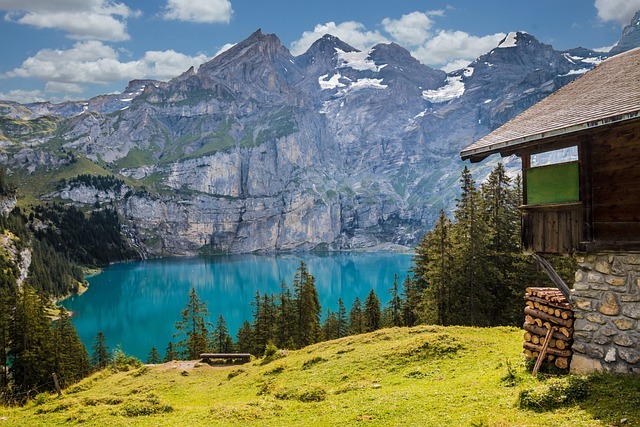

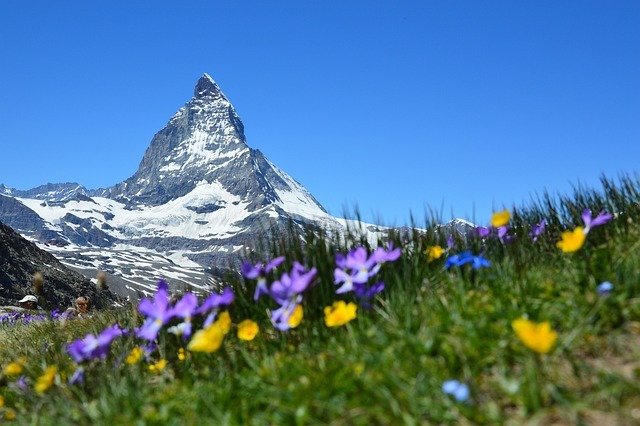
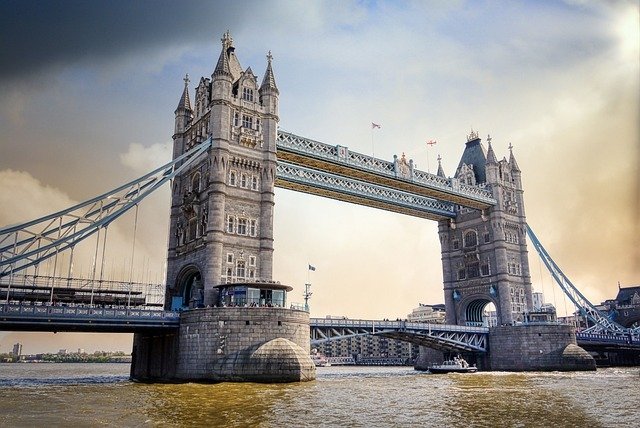

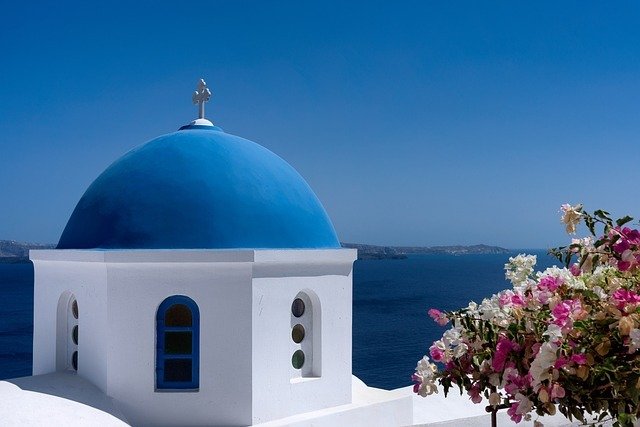

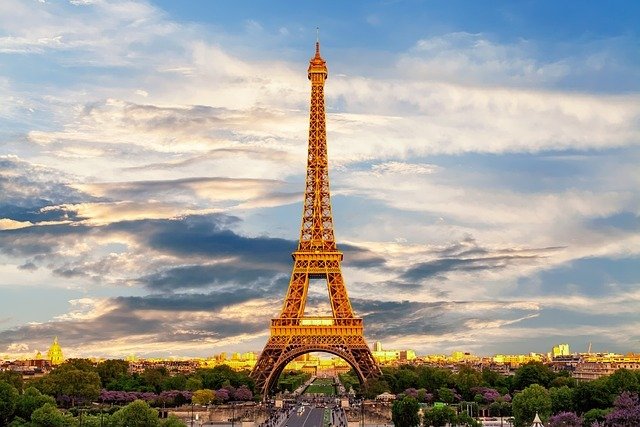


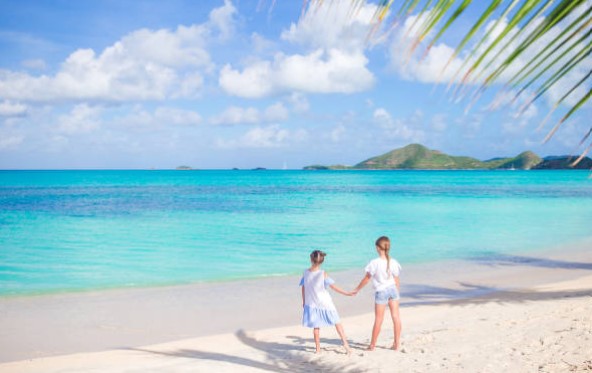
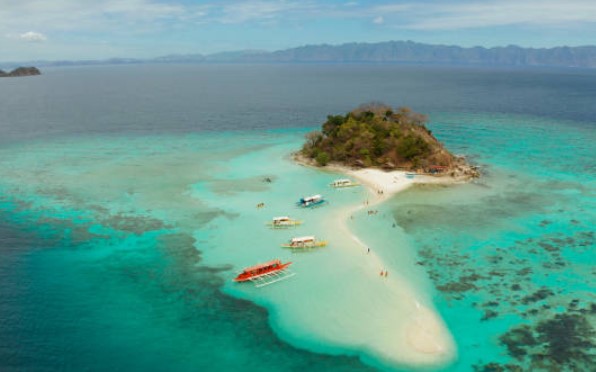
6 Responses
Some truly interesting info , well written and loosely user pleasant.
Some truly fantastic articles on this internet site, appreciate it for contribution.
Wonderful work! This is the type of information that should be shared around the net. Shame on Google for not positioning this post higher! Come on over and visit my site . Thanks =)
I like what you guys are up also. Such intelligent work and reporting! Carry on the superb works guys I¦ve incorporated you guys to my blogroll. I think it’ll improve the value of my website 🙂